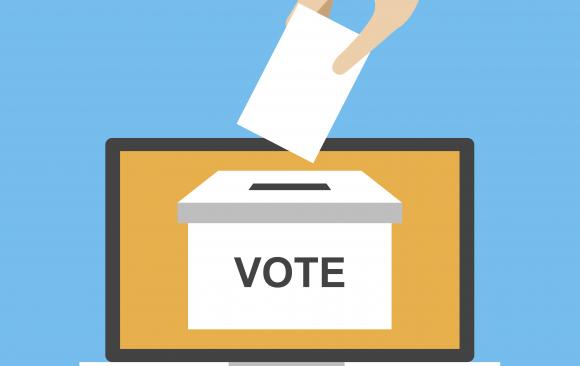


Voting in this summer's NY primaries was a troubling process for many. New York faced challenges as the city and state election systems shifted to a mostly-mail-in format during the coronavirus outbreak.
With fewer than 90 days until Election Day, administrators, lawmakers, voting reform advocates, and voters are looking ahead to the general election, where the presidential contest is expected to draw a groundbreaking number of voters. It is unclear how many will be heading to the polls versus voting by mail, especially given uncertainty around what the virus transmission risk will be and what provisions for broad absentee voting will be in play.
During the June primaries, New York City voters had issues, more than 80,000 mail-in ballots were disqualified on technical grounds -- a full fifth of the 400,000-plus ballots cast that way and a tenth of the total. Tens of thousands of ballots were either sent out late by the New York City Board of Elections or never delivered to voters who requested them. Thousands of ballots were thrown out by the city board because they weren't postmarked by the U.S. Postal Service, a move that was overturned last week by a federal judge who blamed "systemic failures" for the mass disqualification. The State Board of Elections said it would appeal the decision -- asserting that counting the rejected ballots now, as one commissioner put it, "will place a tremendous burden on the local boards of elections as they are preparing for the November general election and is highly unlikely to change the results in any contest" -- but the New York Attorney General, Letitia James, decided otherwise.
To reach the unprecedented expansion of mail-in voting in June, Governor Andrew Cuomo signed a series of executive orders expanding eligibility, requiring pre-paid postage, and even mandating that every registered voter eligible for the primaries received an absentee ballot application in the mail.
In response to the mess that unfolded, state lawmakers in July passed a series of bills aimed at codifying or adjusting elements of the absentee ballot mailing and counting procedures to set clearer and more practical standards for local boards of elections. The governor has yet to sign any of them, nor has he said whether he would sign new executive orders, while elections experts and some legislators say the legislation alone will not be enough.
This week, the New York State Legislature held a joint oversight hearing to review the 2020 primaries as the fate of legislation impacting the way elections are run remains up in the air.
There is a long list of voting-related bills that fall into three categories:
1. Those passed by both houses of the Legislature and waiting action by Governor Andrew Cuomo
2. Bills passed by one house of the Legislature
3. Bills passed by neither house.
Codifying and Improving the Expanded Absentee Voting Process for Fall 2020
The centerpiece of the package, passed by the Democratic-controlled State Legislature in the special session last month, is a bill sponsored by Senator Alessandra Biaggi and Assembly Member Jeffrey Dinowitz, both Bronx Democrats.
The bill is similar to Cuomo's executive order for the primaries, which has expired, except that it applies to diseases beyond COVID-19.
Three of the other bills in the package aim to correct issues that arose in June, when the absentee voting option, which previously served voters numbering in the thousands each election, was taken by hundreds of thousands.
In June, Cuomo signed legislation permitting voters to apply for absentee ballots online after the June primary, a codification of part of his executive order. But there appears to be no legislation to require election administrators to proactively mail absentee applications to registered voters, as they were required to do by executive order for the primaries.
Other Voting Reforms on the Table; Registration Deadlines; & More
Last week, State Senator Brad Hoylman, a Manhattan Democrat, introduced the following:
For the June elections, Cuomo's executive order provided that the absentee ballots include postage paid envelopes, which they are currently not required by law to do.
Voter Registration and Early Voting:
Many are also claiming the state's new early voting option has been under-promoted and under-utilized for the June primary considering there were nine days of early voting and around 52,000 people voted.
***
by Ethan Geringer-Sameth, reporter, Gotham Gazette Read more by this writer.
Re-posted with permission from Gotham Gazette